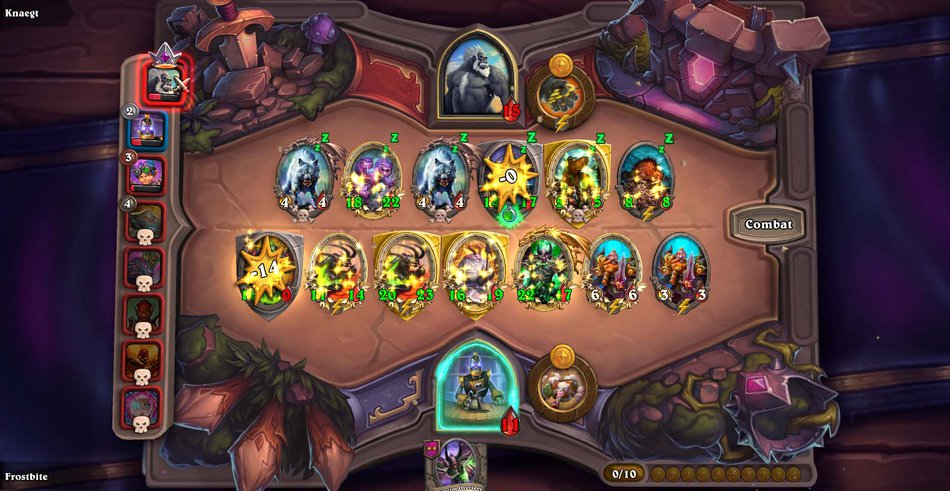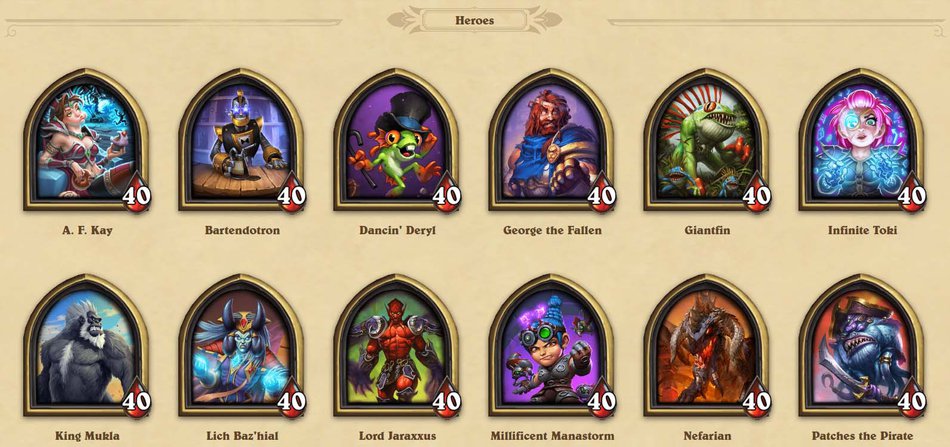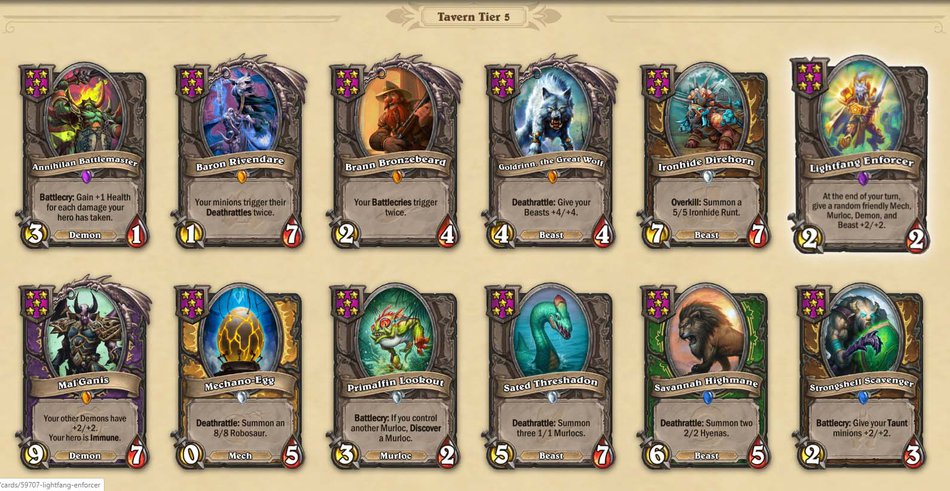There are only four Tribes in Hearthstone
Battlegrounds (Beast, Mech, Demon, Murloc), however, it’s worth noting that the tribes
play a lesser role than in other auto-battlers.
In the
games similar to Auto Chess getting more units of a single tribe in your army
gives passive bonuses. In Battlegrounds, however, this isn’t the case.
Often
minions within the same tribe interact with each other (e.g. one Murloc might
gain additional damage based on the number of Murlocs on your board). This
incentivizes you to run more minions of the same tribe despite the lack of a
global bonus.
Often,
however, your strategy will be focused more on specific minions first and
tribes second, which means your Demon strat in one game might be a bit
different than your Demons strat in the next. Moreover, there are quite a few minions
who could be useful in different strats.
All of this
lessens the problem of having too few tribes to a degree, and it’s worth
mentioning that the game mode is in beta and that the devs are likely to
introduce at least a few more tribes in the near future.
Minions:








